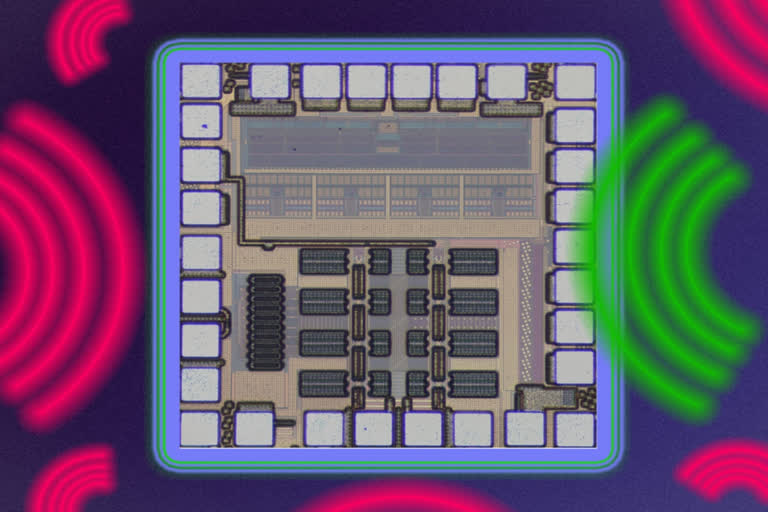Hyderabad: Imagine what would happen if tens of thousands of people use their mobile phones at the same time and place, like a packed stadium during a cricket match! People are video chatting with friends or posting photos and videos on social media using their phones. The radio frequency signals being sent and received by all these devices collectively could cause interference, which would slow down the device's performance and drain its battery!
Designing a device to efficiently block unwanted signals for mobile phones is no easy task, especially as the 5G network is taking over the globe and the next generation of wireless communications is being developed. The conventional techniques use different filters to block a range of signals, but these filters are bulky, expensive and they take up a lot of the cost from production.
Researchers at the Massachusetts Institute of Technology (MIT) have developed a circuit architecture which targets and blocks unwanted signals at a receiver's input without compromising the device's performance. The researchers were able to pull this feat off by borrowing a technique from digital signal processing and with the help of a few tricks which enabled the chip to work effectively in a radio frequency system across a wide frequency range.
Also read: Japan startup unveils space viewing tour on balloon flight
This receiver was able to block even high-powered unwanted signals, without introducing more noise or inaccuracies in the signal processing operations. The MIT chip performed around 40 times better than other wideband receivers used to block a special type of interference. The chip does not require any additional hardware or circuitry, which would make it easier to manufacture at a large scale.
Senior author Negar Reiskarimian says, “We are interested in developing electronic circuits and systems that meet the demands of 5G and future generations of wireless communication systems. In designing our circuits, we look for inspirations from other domains, such as digital signal processing and applied electromagnetics. We believe in circuit elegance and simplicity and try to come up with multifunctional hardware that doesn’t require additional power and chip area." A core faculty member of the Microsystems Technology Laboratories, Negar Reiskarimian is also the X-Window Consortium Career Development Assistant Professor in the Department of Electrical Engineering and Computer Science (EECS).
Reiskarimian co-wrote the paper with EECS graduate students Soroush Araei, the lead author, and Shahabeddin Mohin. Their work is being presented at the International Solid-States Circuits Conference.



